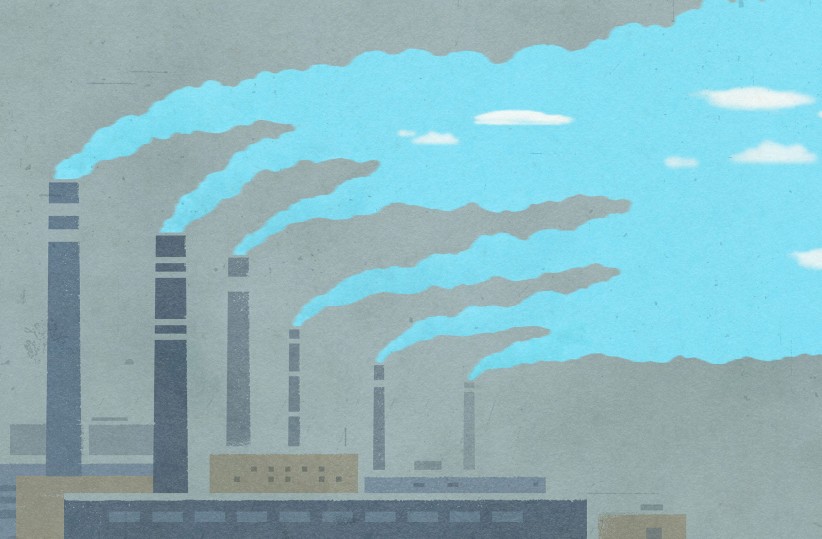Toward Cleaner Energy
Improving carbon sequestration has big implications, says Sanjay Srinivasan, Leone Family chair in energy and mineral engineering.

Improving carbon sequestration has big implications, says Sanjay Srinivasan, Leone Family chair in energy and mineral engineering.
